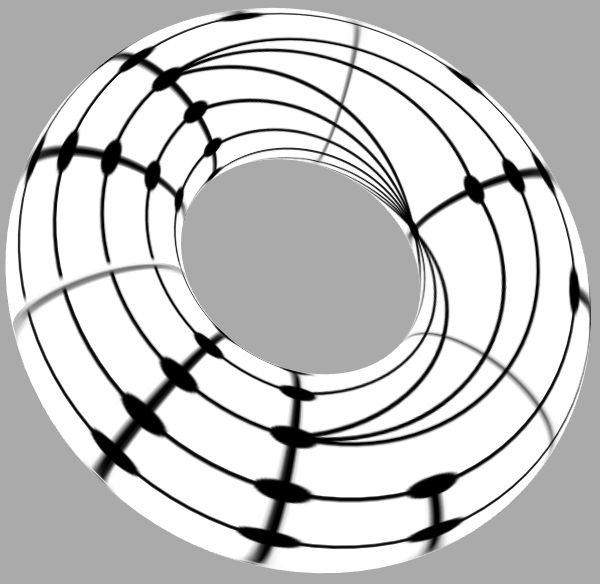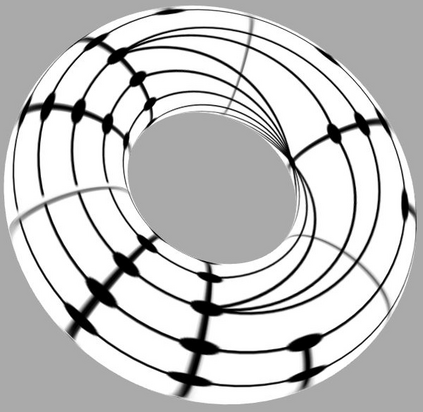We resolve in the affirmative conjectures of Repovs and A. Skopenkov (1998), and M. Skopenkov (2003) generalizing the classical Hanani-Tutte theorem to the setting of approximating maps of graphs on 2-dimensional surfaces by embeddings. Our proof of this result is constructive and almost immediately implies an efficient algorithm for testing if a given piecewise linear map of a graph in a surface is approximable by an embedding. More precisely, an instance of this problem consists of (i) a graph G whose vertices are partitioned into clusters and whose inter-cluster edges are partitioned into bundles, and (ii) a region R of a 2-dimensional compact surface M given as the union of a set of pairwise disjoint discs corresponding to the clusters and a set of pairwise non-intersecting "pipes" corresponding to the bundles, connecting certain pairs of these discs. We are to decide whether G can be embedded inside M so that the vertices in every cluster are drawn in the corresponding disc, the edges in every bundle pass only through its corresponding pipe, and every edge crosses the boundary of each disc at most once.
翻译:我们用Repovs 和 A. Skopenkov (1998年) 和 M. Skopenkov (2003年) 的肯定的猜想来解决问题。 M. Skopenkov (2003年) 通过嵌入将典型的Hanani-Tutte 理论推广到对二维表面图的大致地图的设置。 我们证明这一结果是建设性的,而且几乎立即意味着,如果一个表面的图的某个片段线性图象与嵌入相近,则测试的算法是有效的。 更确切地说, 这一问题的例子包括:(一) 图形G, 其脊椎被分割成集群, 其团际边缘被分割成捆绑成捆绑, 以及 (二) 一个区域 R, 一个区域是二维紧凑的表层, 由一组对齐的不接合的圆盘组成, 以及一组对接的“ 管道” 。 我们要决定G 是否可以嵌入M 中, 这样每个圆盘中的脊椎, 以便每个圆团的脊椎被划入相应的盘中, 每一个圆盘的边缘 。





